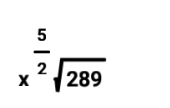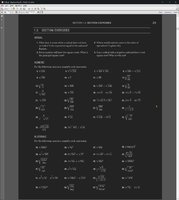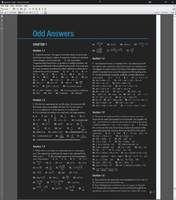I attached three files. Excuse the fact that I swapped M for X in the first two images.
P is the problem, S and S2 are the solutions.
S is the solution in the textbook from which the problem came.
S2 is the solution in photomath (a phone app).
Which is correct? As far as I can discern, S2 is; I believe this primarily because photomath shows me how to get that answer, but I want to double check.
P is the problem, S and S2 are the solutions.
S is the solution in the textbook from which the problem came.
S2 is the solution in photomath (a phone app).
Which is correct? As far as I can discern, S2 is; I believe this primarily because photomath shows me how to get that answer, but I want to double check.





